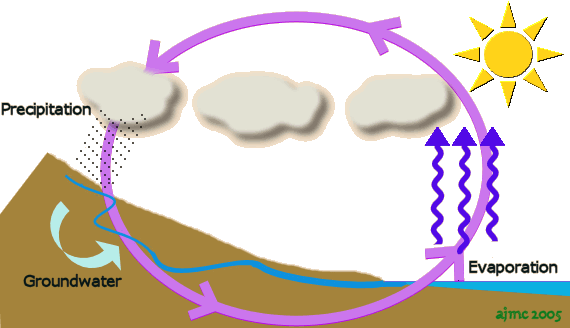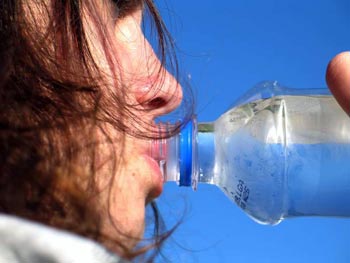The Earth’s hydrological cycle is the global mechanism that transfers water from the oceans to the surface and from the surface, or subsurface environments, and plants to the atmosphere that surrounds our planet.
The principal natural component processes of the hydrological cycle are: precipitation, infiltration, runoff, evaporation and transpiration.
Human activities (settlements, industry, and agricultural developments) can disturb the components of the natural cycle through land use diversions and the use, reuse and discharge of wastes into the natural surface water and groundwater pathways. Read more



